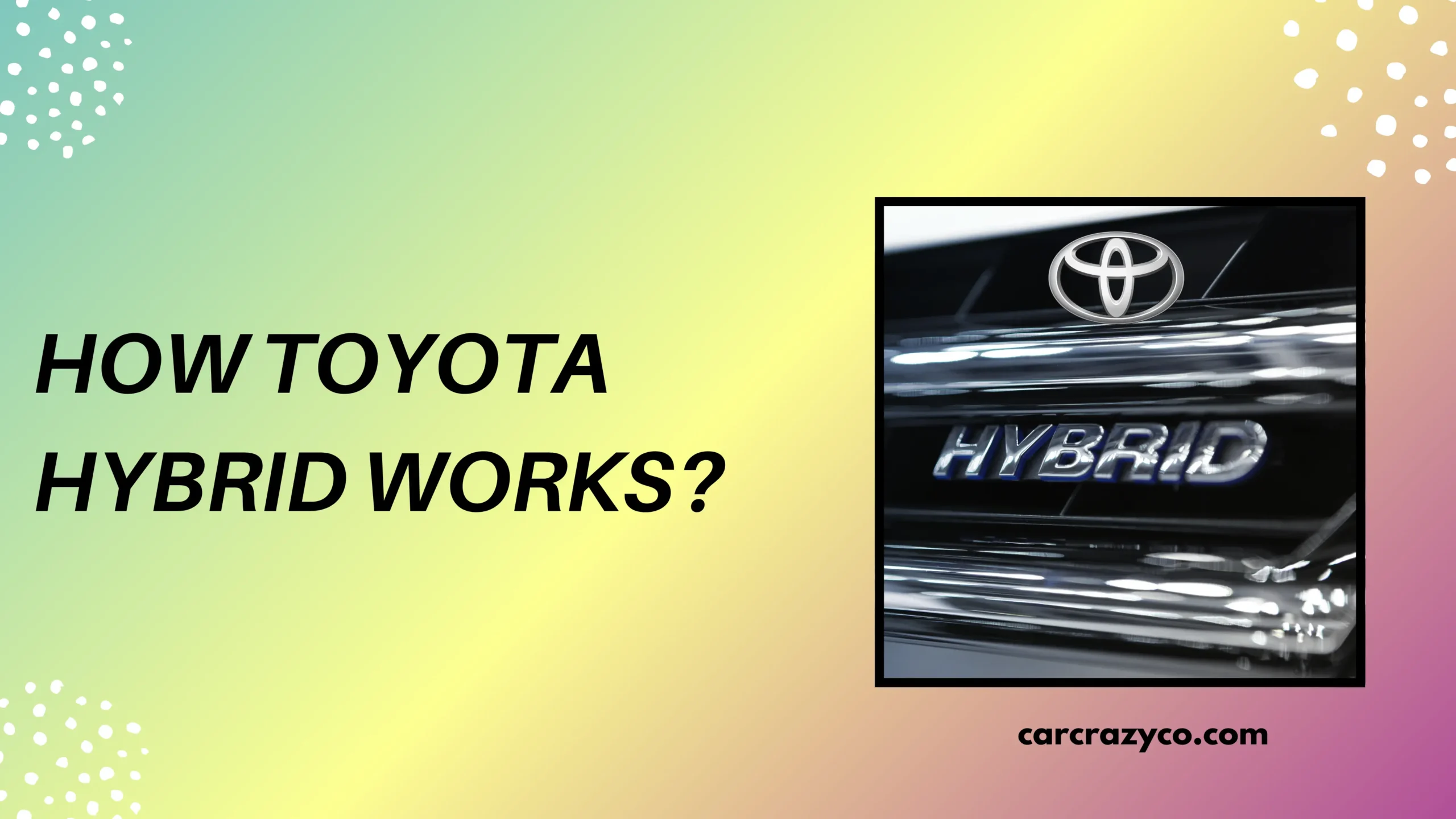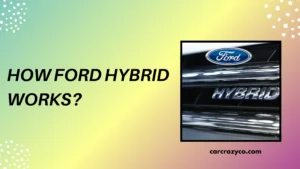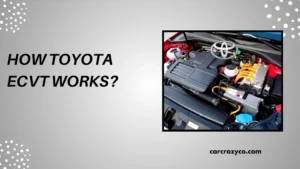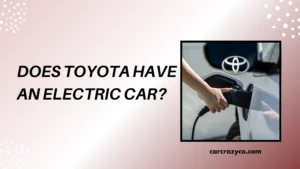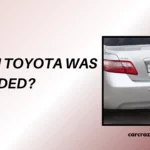Toyota hybrids have changed the way we think about driving by blending fuel efficiency and performance. But how exactly do these cars combine a gas engine and an electric motor to save fuel and reduce emissions?
Understanding how Toyota hybrid technology works is important for anyone curious about eco-friendly cars or looking to get the most out of their vehicle. It’s a smart mix of innovation and engineering that benefits both drivers and the planet.
This blog will break down the key parts of Toyota’s hybrid system, showing how it creates a driving experience that’s efficient, smooth, and surprisingly powerful.
Contents
How Toyota Hybrid Works – 5 Key Sections
1. The Hybrid Synergy Drive System
Toyota hybrids use a system called Hybrid Synergy Drive (HSD), which manages power from both the gasoline engine and electric motor. It decides when to use one or both for the best efficiency.
This system automatically switches between electric power, engine power, or a combination, based on driving conditions. This seamless control helps reduce fuel consumption and emissions.
It’s the brain behind the hybrid’s smooth and eco-friendly ride.
2. The Role of the Gasoline Engine
The traditional gas engine in Toyota hybrids is designed to be compact and fuel-efficient. It primarily kicks in during higher speeds or when more power is needed.
When cruising on the highway, the engine works efficiently with the electric motor to maintain strong performance. During slow city driving, the engine often shuts off, letting the electric motor take over.
This smart use of the engine maximizes fuel savings without sacrificing power.
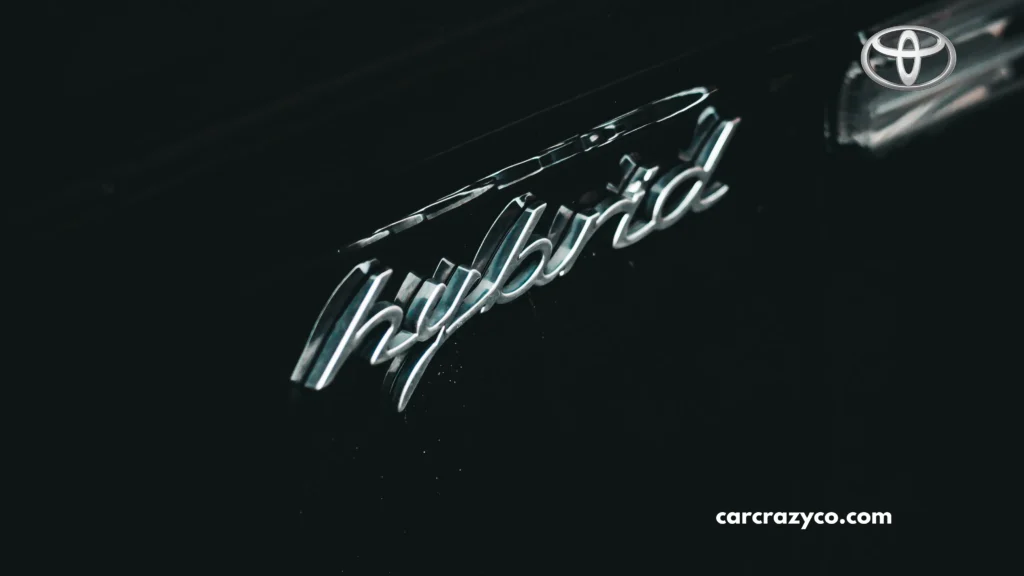
3. How the Electric Motor Helps
The electric motor powers the car during low speeds and when the gas engine is off. It provides instant torque, making acceleration smooth and responsive.
It also acts as a generator during braking, recovering energy to recharge the battery — a process called regenerative braking. This system helps recycle energy that would otherwise be lost.
The motor is a key player in making the hybrid more efficient and quieter.
4. The Hybrid Battery Pack
Toyota hybrids use a special nickel-metal hydride or lithium-ion battery pack to store energy. This battery powers the electric motor and is charged by both the engine and regenerative braking.
Unlike regular electric cars, Toyota hybrids don’t need to be plugged in. The battery charges itself during normal driving, making it more convenient.
This onboard energy storage allows the car to run on electricity alone at times, reducing fuel use and emissions.
5. The Power Split Device
The power split device is the transmission system that manages power between the gas engine, electric motor, and wheels. It uses a set of planetary gears to combine and split power.
This device lets the hybrid adjust the ratio of electric and engine power smoothly without traditional gear shifts. It keeps the driving experience fluid and efficient.
By intelligently balancing power, it helps deliver both performance and economy.
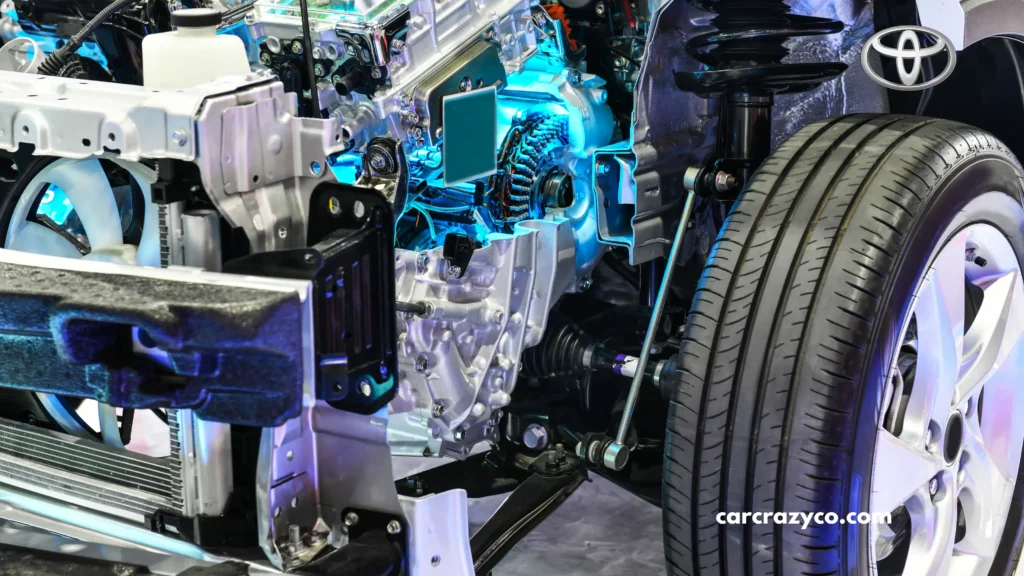
Conclusion: Why Toyota Hybrid Technology Is a Game Changer
Toyota’s hybrid system represents a major leap forward in making cars cleaner and more fuel-efficient without compromising on driving pleasure. By blending two power sources with smart technology, it reduces reliance on fossil fuels.
Understanding how the Hybrid Synergy Drive works helps us appreciate the sophisticated engineering behind every Toyota hybrid. It’s a perfect example of how innovation can serve both the environment and everyday drivers.
As more people choose hybrids, this technology will continue to shape the future of sustainable transportation worldwide.
FAQs
1. What is Hybrid Synergy Drive?
It’s Toyota’s system that manages power between the gas engine and electric motor for efficient driving.
2. Does a Toyota hybrid need to be plugged in?
No, it charges its battery using the engine and regenerative braking — no external charging needed.
3. Can the hybrid run on electric power alone?
Yes, at low speeds or during light acceleration, the car can run solely on the electric motor.
4. How does regenerative braking work?
It captures energy lost during braking and converts it into electricity to recharge the battery.
5. What type of battery does a Toyota hybrid use?
Toyota commonly uses nickel-metal hydride or lithium-ion batteries depending on the model.
6. Is the hybrid engine less powerful than a regular engine?
Not necessarily. The combined power of the engine and motor often equals or exceeds a traditional engine’s output.

